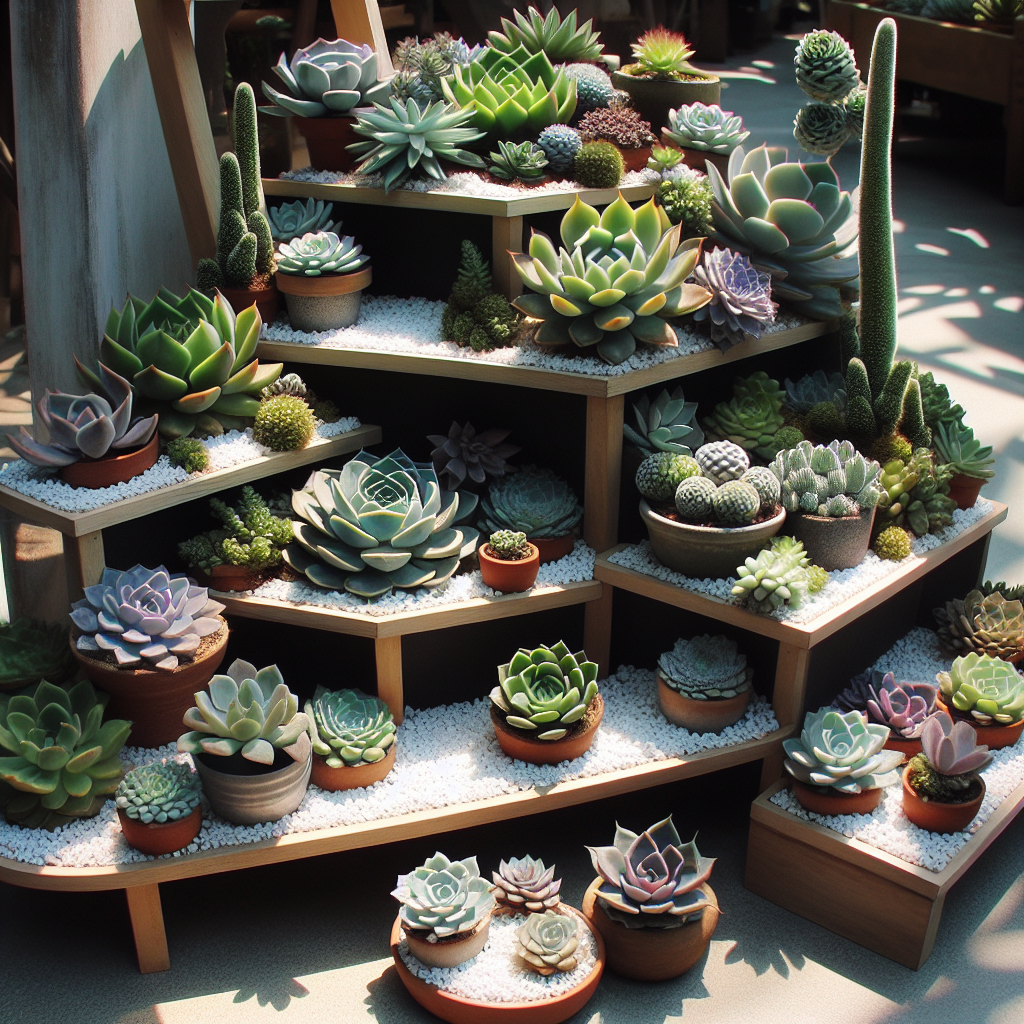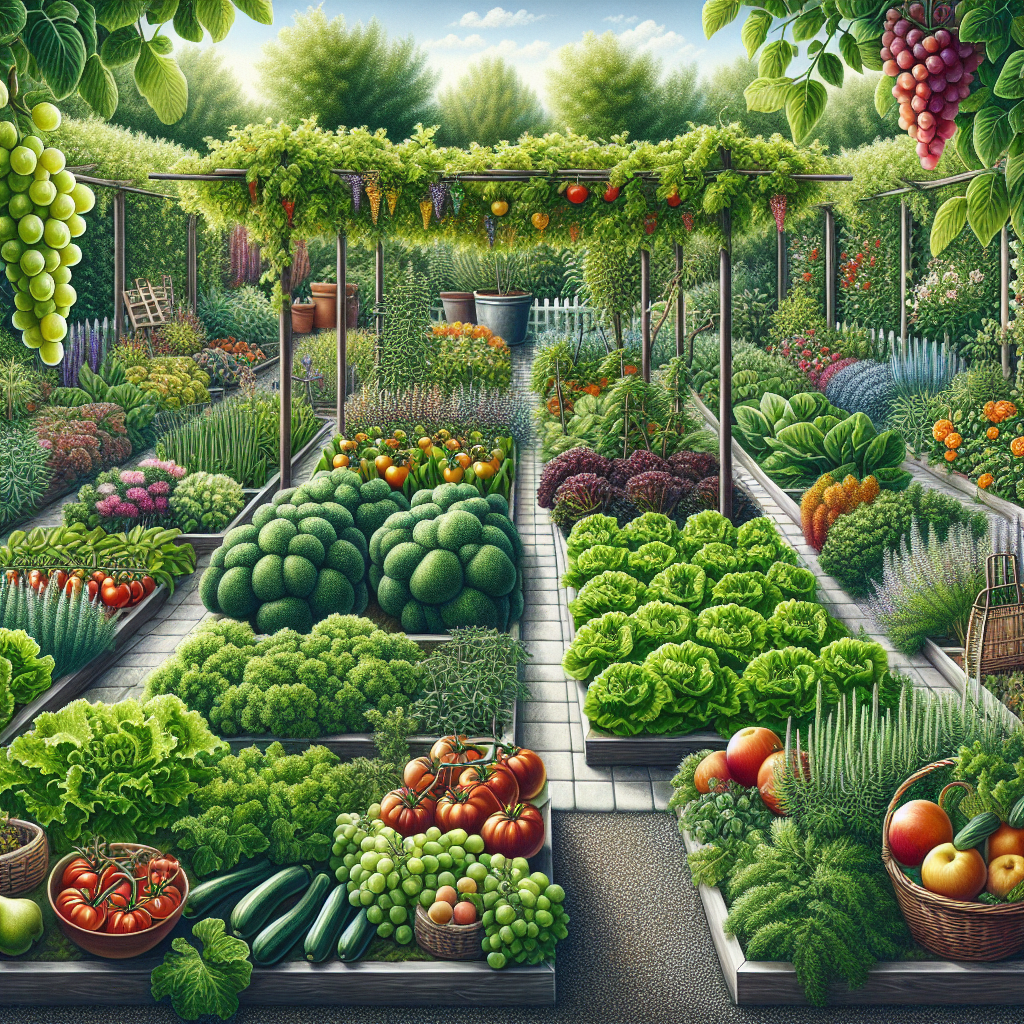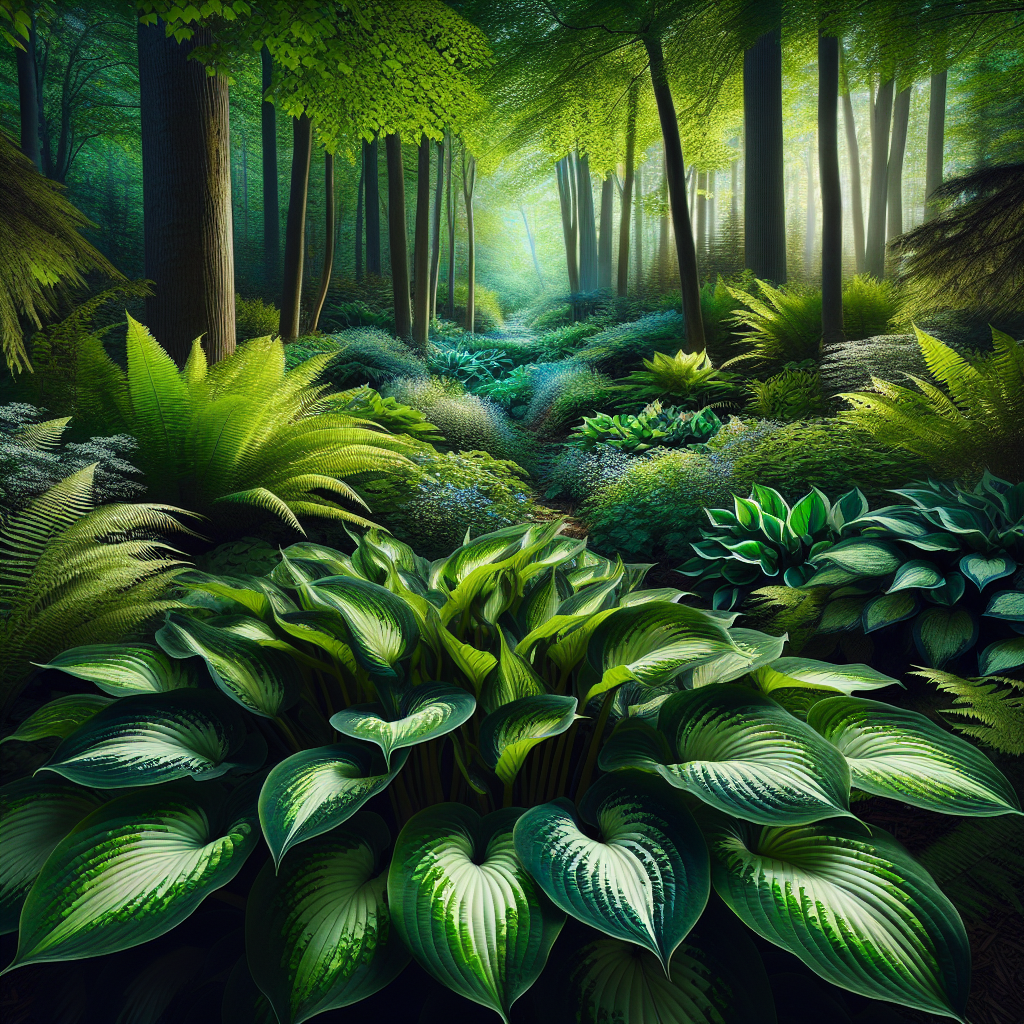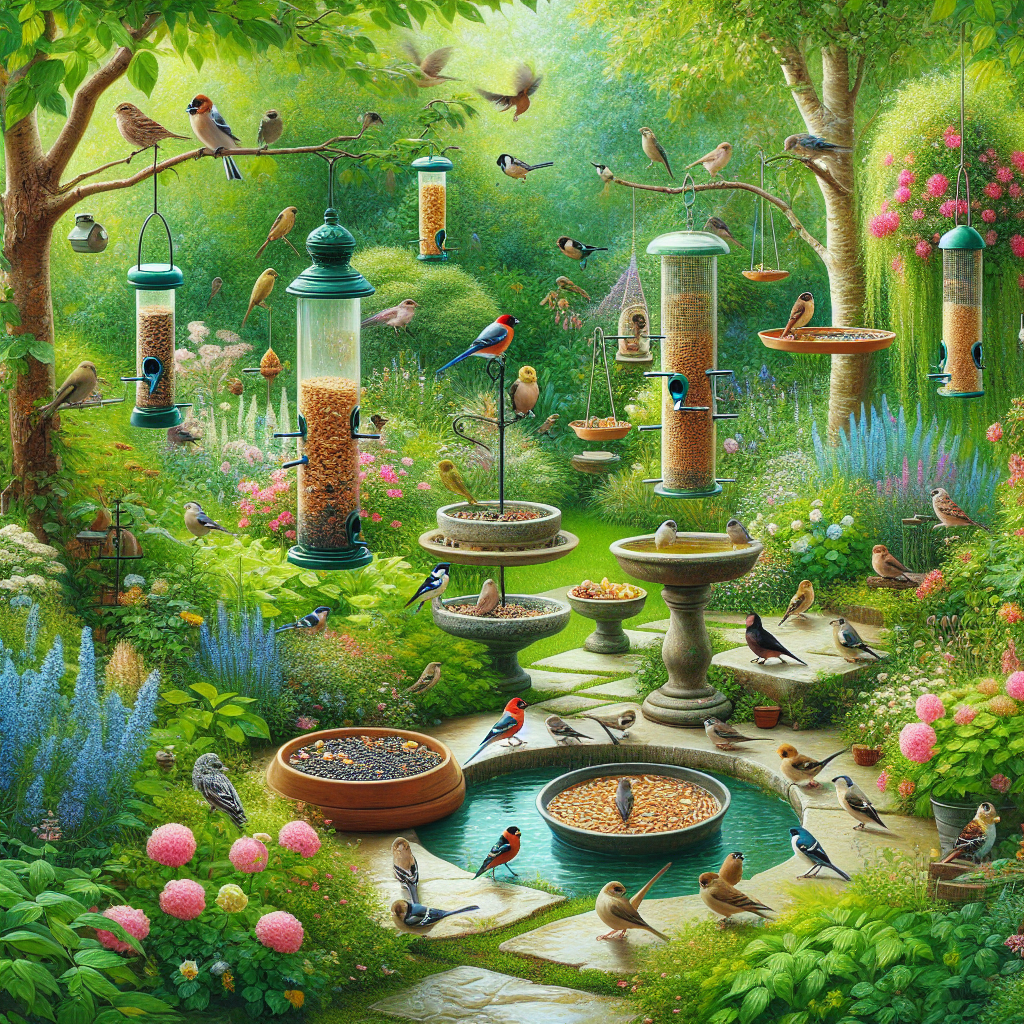Children’s Play Garden with Natural Elements
Creating a play garden for your children is a wonderful way to encourage their imagination, creativity, and love for the outdoors. By incorporating natural elements into the design, you can provide a stimulating and educational environment that will keep your little ones entertained for hours. In this article, we will guide you through the step-by-step process of creating a children’s play garden with natural elements. Get ready to embark on a fun and rewarding DIY project that will bring joy to your children and enhance their connection with nature.
Step 1: Planning and Design
Before you start building your children’s play garden, it’s important to plan and design the space. Consider the size of your yard, the age of your children, and their interests and preferences. Sketch out a rough layout of the garden, including different play areas and features. Here are some ideas to get you started:
- A sandpit for digging and building sandcastles
- A water play area with a small pond or fountain
- A climbing structure, such as a treehouse or wooden playset
- A nature exploration zone with rocks, logs, and plants
- A cozy reading nook with a bench or hammock
Remember to consider safety measures, such as soft ground coverings under play equipment and fencing to keep children contained within the play area.
Step 2: Gathering Materials
Once you have a clear plan in mind, it’s time to gather the materials you will need for your children’s play garden. Here is a list of essential items:
- Wooden planks and posts for building structures
- Sand for the sandpit
- Waterproof liner for the water play area
- Rocks and logs for the nature exploration zone
- Seating options, such as benches or hammocks
- Plants and flowers to add color and beauty
- Child-friendly paint for decorating structures
- Gardening tools for maintenance
Make sure to choose materials that are safe and non-toxic for children.
Step 3: Building Structures
Start by building the structures in your play garden, such as the climbing structure or treehouse. Follow the instructions provided with the materials and use appropriate safety precautions. If you are not confident in your carpentry skills, consider hiring a professional to ensure the structures are sturdy and secure.
Once the structures are built, you can paint them in vibrant colors to make them more appealing to children. Let your little ones join in on the fun by allowing them to choose the colors and help with the painting process.
Step 4: Creating the Sandpit
A sandpit is a classic feature of any children’s play garden. It provides endless opportunities for sensory play and creativity. Here’s how you can create a sandpit:
- Choose a suitable location for the sandpit, preferably in a sunny area.
- Mark out the dimensions of the sandpit using wooden planks.
- Remove the grass or any other vegetation from the marked area.
- Line the bottom of the sandpit with a waterproof liner to prevent weeds from growing through.
- Fill the sandpit with clean, child-friendly sand.
- Add buckets, shovels, and other sand toys for endless fun.
Remember to cover the sandpit when not in use to keep it clean and free from animals.
Step 5: Setting up the Water Play Area
A water play area is a fantastic addition to any children’s garden. It allows kids to cool off on hot summer days and learn about the properties of water. Follow these steps to create a water play area:
- Choose a suitable location for the water play area, preferably near a water source.
- Dig a small pond or install a small fountain.
- Line the pond with a waterproof liner to prevent leakage.
- Fill the pond with water and add aquatic plants for a natural touch.
- Provide buckets, watering cans, and other water toys for play.
Always supervise children when they are playing in or near water to ensure their safety.
Step 6: Creating a Nature Exploration Zone
A nature exploration zone is a great way to introduce children to the wonders of the natural world. Here’s how you can create one:
- Collect rocks, logs, and other natural materials from your surroundings.
- Arrange the rocks and logs in a way that creates interesting pathways and hiding spots.
- Plant native flowers and shrubs to attract butterflies and other pollinators.
- Encourage children to observe and interact with the plants and animals in the area.
Make sure to teach your children about the importance of respecting and protecting nature.
Step 7: Adding Seating and Decorative Elements
To make your children’s play garden more comfortable and visually appealing, add seating options and decorative elements. Consider installing benches or hammocks where children can relax and read books. Hang wind chimes or colorful flags to create a whimsical atmosphere. Get creative and let your imagination run wild!
Step 8: Maintenance and Safety
Once your children’s play garden is complete, it’s important to maintain it regularly and ensure its safety. Here are some tips:
- Regularly inspect the structures for any signs of wear and tear.
- Keep the sandpit clean by removing debris and covering it when not in use.
- Check the water play area for any leaks or damage.
- Trim plants and remove any weeds or pests from the nature exploration zone.
- Regularly inspect and tighten any loose bolts or screws on the structures.
- Supervise children while they are playing in the garden to prevent accidents.
By following these maintenance and safety guidelines, you can ensure that your children’s play garden remains a safe and enjoyable space for years to come.
Conclusion
Creating a children’s play garden with natural elements is a wonderful way to provide your little ones with a stimulating and educational outdoor space. By following the step-by-step instructions in this article, you can bring your vision





